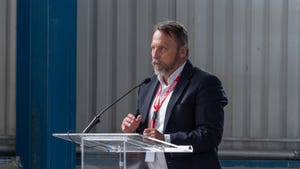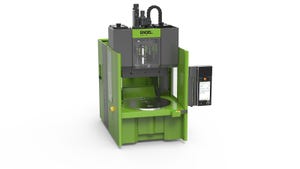Recycling Secrets of Sorting
Ever wonder how mixed material packaging is separated into value-added recyclables at high speed? Read and watch how a modern recycling facility does it.
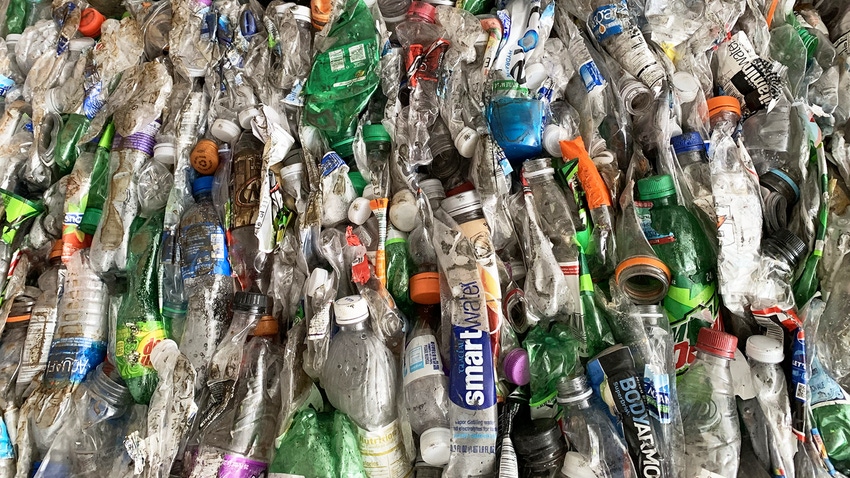
At a Glance
- Lakeshore Recycling Systems opens $50 million recycling facility
- Sorting processes for mixed materials packaging rely on tech and people power
- 224 million lb of recyclables sorted yearly
Lakeshore Recycling Systems opened a $50 million materials recovery facility (MRF) last year called The Exchange to sort recyclables collected throughout Chicagoland.
We pointed out the many benefits of the facility in Episode 1 last week in this Earth Day MRF series. In Episode 2 we explore the sorting process, which is at the heart of the entire operation.
According to Joy Rifkin, LRS manager, sustainability, and training, sorting is done “using technology and people power.”
It's essentially sustainably driven reverse-engineering whereby a jumbled mix of materials is returned to its original packaging category. These categories include: three types of rigid plastic containers (PET, high density polyethylene (HDPE), and polypropylene (PP)); paper (such as newspapers, magazines, paperboard snack boxes, and corrugated boxes); glass jars and bottles; beverage cartons; and tin-plated steel food cans.
“Recyclables are collected from homes, apartments, businesses, and schools by LRS drivers,” explains Rifkin. “These recyclables enter The Exchange in recycling trucks and semis and are weighed at the scale house. After that, trucks empty recyclables on the tipping floor."
Sorting using augers, air, and IR scans.
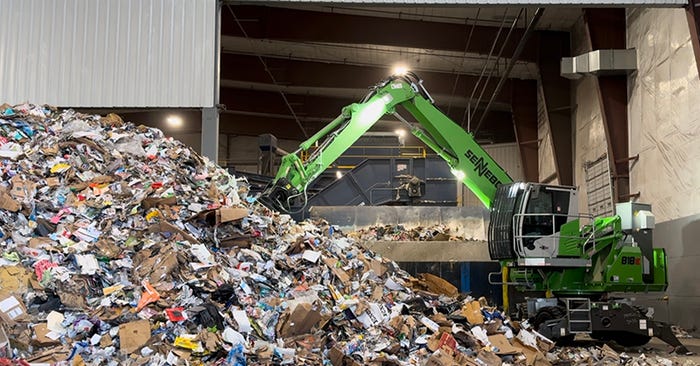
Mixed material packaging is loaded onto the infeed conveyor. LRS
Recyclable materials from the Chicago-land area are placed onto the conveyor belt by an all-electric material loader.
Recyclables convey to a drum feeder, which manages the speed of the recyclables. Next, they hit an auger screen which acts as a presort. Materials that are smaller fall through the screen, while bigger materials will flow over the auger screen. This pre-sort step sends the different size material on two separate journeys.
Material that falls through the auger screen hits a breaker to separate the glass pieces. Broken glass is pulled into the cyclone separator, where swirling air sucks up fibers and plastics like a vacuum while the heavier glass portions fall to the bottom.
At this point LRS staff members inspect and remove any contaminants that made it across the auger screen.
There are six high-speed optical sorters at the LRS Exchange. These systems are dedicated to sorting cardboard aka corrugated, paper, cartons, and plastic packaging.
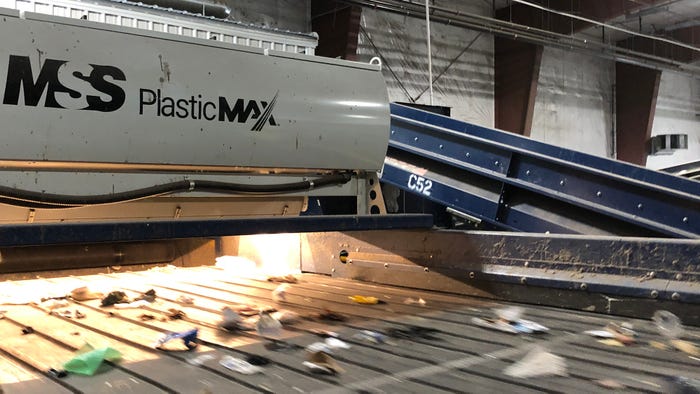
High-speed optical sorter uses infrared light to determine the type of packaging material. RICK LINGLE
Optical sorters use infrared light to determine the chemical composition of a material. Based on how the light refracts, the system recognizes what material it’s seeing to trigger an air jet to send that material into a specific bin. Also, rigid plastic packaging is separated into PET, HDPE, and PP.
A large drum magnet attracts ferrous metal containing iron that can be sorted and separated from other materials.
“The main recyclable items you’d see stuck to this magnet are steel cans, more commonly known as tin cans,” Rifkin points out.
This short video provides a quick walk-through visual tour of the process.
Post-sorting finishing touches.
After material is sorted at The Exchange, the content from the sorted streams is compressed into bales, weighed, and stored before trucked to a mill or factory to be recycled.
“The incredible team members help LRS maintain exceptional relationships with the mills where we send our baled recyclables,” explains Rifkin. “These team members make sure our bales are clean, pure, and free of contamination. LRS team members go above and beyond for recycling.
“Our bales of recyclables are sold to North American mills, where they are turned into new products and packaging. LRS is proud to be a waste company focused on circularity and sustainability. The Exchange Material Recovery Facility is projected to divert 224-million pounds of recyclable materials annually.”
If you’re in the Chicagoland area and want to visit this impressive facility, LRS is hosting a first community open house on Earth Day, Monday April 22. Sign-up for the event is open for three tour windows at LRSrecycles.com/Recycling101.
This is the second in our weekly Recycling in a MRF Minute series. For the first, see Recycling in an MRF Minute: $50 Million Plus Benefits, published April 1.
About the Author(s)
You May Also Like



